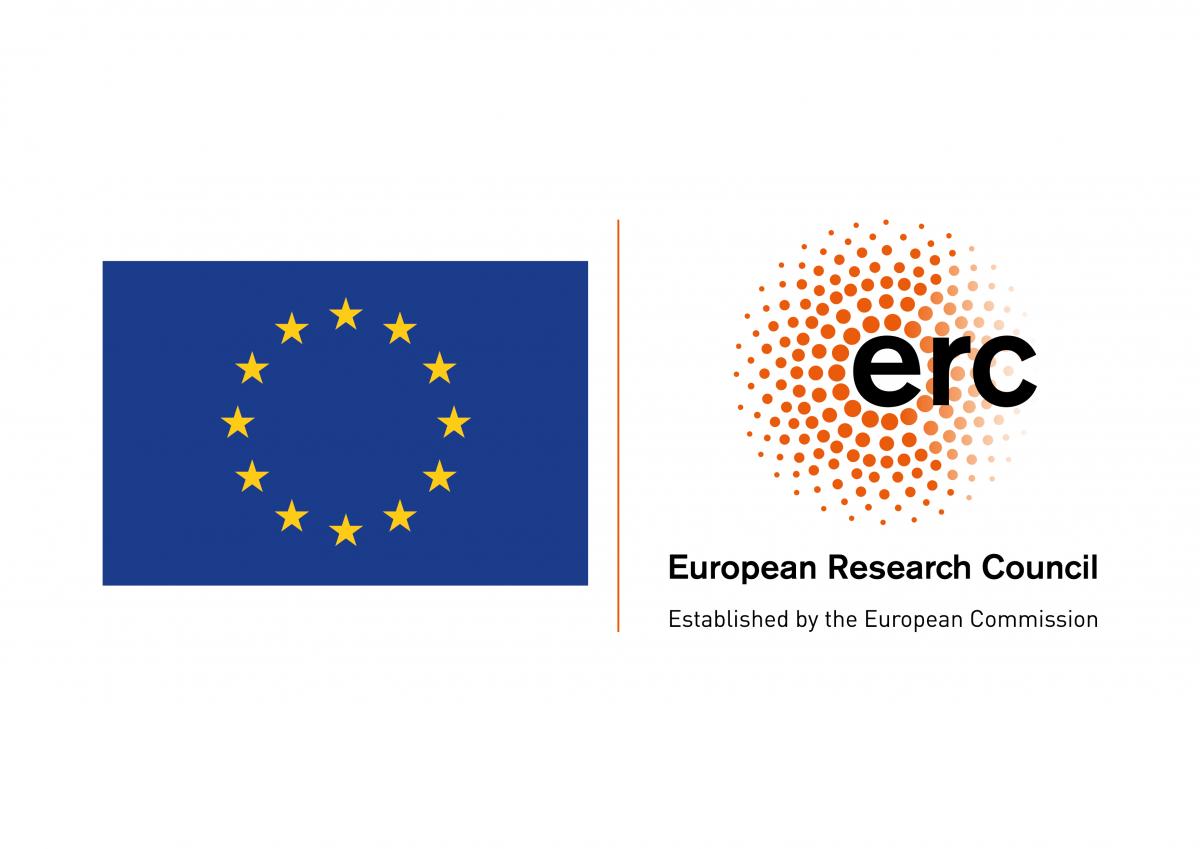
Information
From 01/01/2021-31/12/2025 I am the PI of ERC Starting Grant project UBIQGAP (grant no. 949143)
`The ubiquity of optimal spectral gaps'
ABRIDGED ABSTRACT.
Spectral gap is a fundamental concept in mathematics, physics, and computer science as it governs the exponential rate at which a process converges towards its stationary state. It informs the spectral lines of hydrogen, how we shuffle cards, the behavior of semiconductors, and web search algorithms.
Moreover, some of the most prominent issues of contemporary mathematics, including the Ramanujan-Petersson conjecture and the Yang-Mills mass gap, revolve around spectral gap. This proposal seeks to investigate the nature of the spectral gap for hyperbolic surfaces and unitary representations of fundamental groups of surfaces.
In the former case, the spectral gap occurs in the spectrum of the Laplace-Beltrami operator on the surface, and in the latter, it occurs in the spectrum of a Hecke operator attached to the representation. The two main motifs of the proposal are ubiquity and optimality. Is the spectral gap ubiquitous? Does it exist for random surfaces and random representations? Is it easy to construct surfaces with a large spectral gap? In what cases can one prove that the spectral gap is close to optimal? The sharpest and most ambitious questions discussed in this proposal combine these two aspects and ask whether objects with (almost) optimal spectral gap appear with high frequency.
A main technical tool is the development of new formulas for integration over representation varieties of fundamental groups of surfaces.
These integral formulas are of high independent interest. For example, I propose to establish estimates that extend important results
in Voiculescu's Free Probability Theory from the context of free groups, to fundamental groups of closed compact surfaces, and beyond.
Team members
Irving Calderón (PDRA)
Joe Thomas (PDRA)
Anitej Banerjee (Ph.D. Student)
Ewan Cassidy (Ph.D. Student)
| Outputs of the program [updated Nov 2025] (M=Magee) | ||
|---|---|---|

|
Eigenvalues of maximal abelian covers. Wenbo Li, M, Mostafa Sabri, and Joe Thomas
Preprint | |

|
Strong convergence of uniformly random permutation representations of surface groups.
M, Doron Puder and Ramon van Handel
Preprint | |

|
Strong convergence of unitary and permutation representations of discrete groups. M
Proceedings 9ECM, to appear. | |

|
Small eigenvalues of hyperbolic surfaces with many cusps.
Will Hide and Joe Thomas
Preprint |
|

|
Random permutations acting on \(k\)-tuples have near-optimal spectral gap for \( k=\mathrm{poly}(n) \). Ewan Cassidy
Preprint | |

|
Strong asymptotic freeness of Haar unitaries in
quasi-exponential dimensional representations. M and Mikael de la Salle
GAFA (Geometric and Functional Analysis), to appear. | |

|
Spectral gap for random Schottky surfaces. Irving Calderón, M, and Frédéric Naud.
Preprint | |

|
The limit points of the bass notes of arithmetic hyperbolic surfaces. M
Preprint | |

|

|
\( \mathrm{SL}_4(\mathbf{Z}) \) is not purely matricial field.
M and Mikael de la Salle
Comptes Rendus Mathématique, 2024. |

|
Strongly convergent unitary representations of right-angled Artin groups.
M and Joe Thomas
Duke Mathematical Journal, to appear. | |

|
Projection formulas and a refinement of Schur-Weyl-Jones duality for symmetric groups.
Ewan Cassidy
Preprint |
|

|

|
Explicit spectral gap for Schottky subgroups of \( \mathrm{SL}_2(\mathbf{Z}) \).
Irving Calderón and M
Journal of the European Mathematical Society, 2025. |

|

|
Strongly convergent unitary representations of limit groups.
Lars Louder and M
Journal of Functional Analysis, 2025. Contains an appendix written with Will Hide |

|
Large-n asymptotics for Weil-Petersson volumes of moduli spaces of bordered hyperbolic surfaces.
Will Hide and Joe Thomas
Communications in Mathematical Physics, 2025. |
|

|

|
Short geodesics and small eigenvalues on random hyperbolic punctured spheres.
Will Hide and Joe Thomas
Commentarii Mathematici Helvetici, 2025. |

|

|
Quantum Unique Ergodicity for Cayley graphs of quasirandom groups.
M, Joe Thomas, and Yufei Zhao Communications in Mathematical Physics, 2023. |

|
Extension of Alon's and Friedman's conjectures to Schottky surfaces.
M and Frédéric Naud
Preprint |
|

|

|
The asymptotic statistics of random covering surfaces.
M and Doron Puder
Forum of Mathematics, Pi, 2023. |

|

|
Near optimal spectral gaps for hyperbolic surfaces.
Will Hide and M
Annals of Mathematics, 2023. [One hour talk] [Quanta article] |

|

|
A random cover of a compact hyperbolic surface has relative
spectral gap 3/16 - ϵ.
M, Frédéric Naud, and
Doron Puder
Geometric and Functional Analysis (GAFA), 2022. |

|

|
Core surfaces.
M and Doron Puder
Geometriae Dedicata, 2022. |

|

|
Random Unitary Representations of Surface Groups II: The large n limit.
M
Geometry and Topology, 2025. |

|

|
Random Unitary Representations of Surface Groups I: Asymptotic expansions.
M
Communications in Mathematical Physics, 2022. |